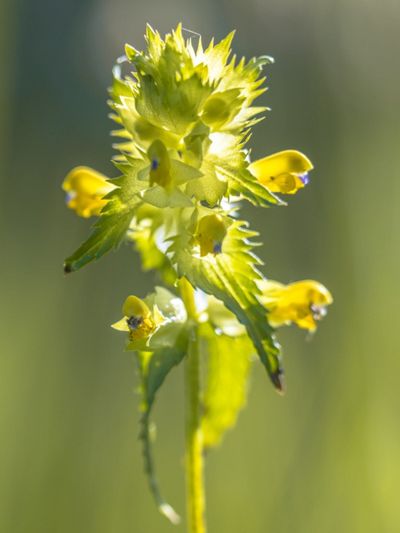What are Yellow Rattle Plants?
Yellow rattle plants are semi-parasitic weeds that survive by drawing nitrogen and other nutrients from nearby plants. The plant thrives in sunny, open locations. Although the plant attempts to tap into the roots of any type of nearby plant, it tends to parasitize grasses more than any other plant. Yellow rattle is especially problematic in hay and grass fields.
What Does Yellow Rattle Look Like?
Yellow rattle plants are recognized by the serrated, dark-veined leaves and its stems, which are marked with black spots. Bright yellow, tube-shaped blooms appear from late spring until autumn.
Yellow Rattle Control
Yellow rattle is an annual plant that blooms in summer and goes to seed in autumn. The seeds, which have lain dormant throughout the winter, germinate in spring. The best way to manage yellow rattle is to mow or pull the plant before it blooms. If the plant blooms, mow it well before the flowers go to seed. Once the plant drops its seeds on the soil, it becomes very difficult to control. Although herbicides aren’t recommended in the home garden, you may be able to kill yellow rattle by spraying the plant carefully with a product containing glyphosate. However, getting rid of the plant may require several repeat applications. Read the label carefully before you begin. Spray the plant on a quiet day to prevent spray drift. If you accidentally spray a nearby garden plant, rinse the spray from the plant immediately. Never spray near ponds, drainage ditches, or other bodies of water because the product is toxic to frogs and other amphibians. Always store chemicals safely out of reach of children and pets. Note: Chemical control should only be used as a last resort, as organic approaches are safer and much more environmentally friendly.
